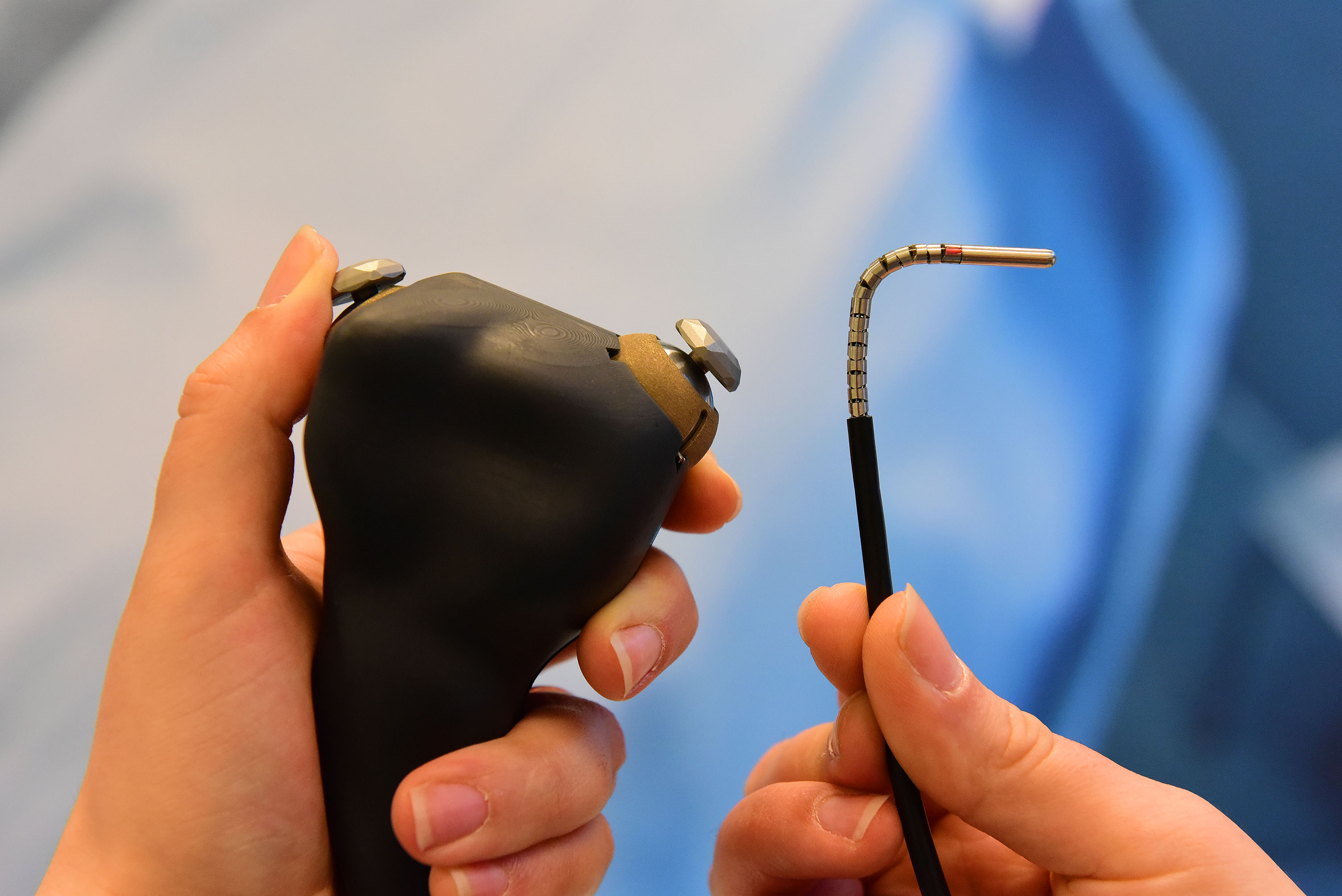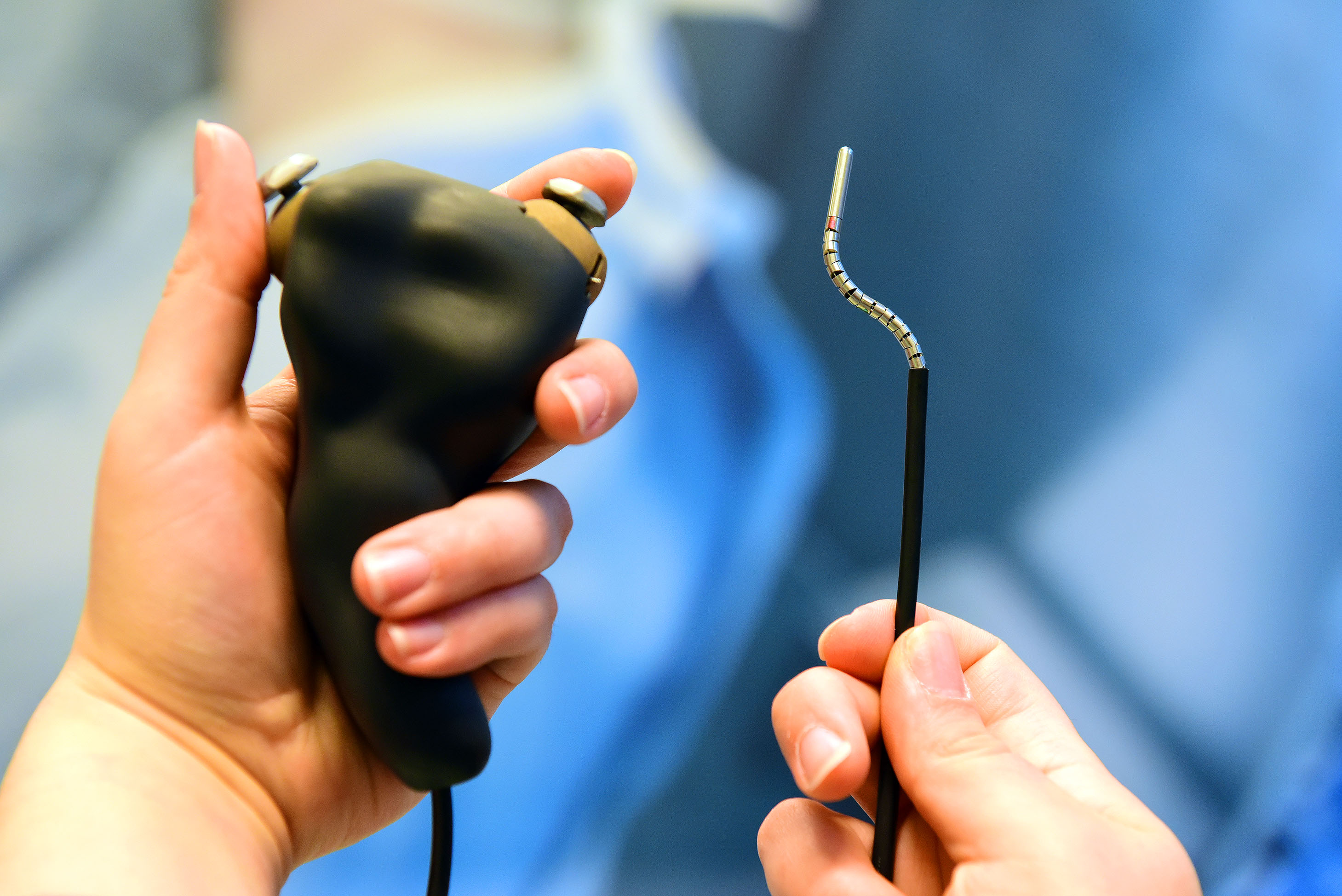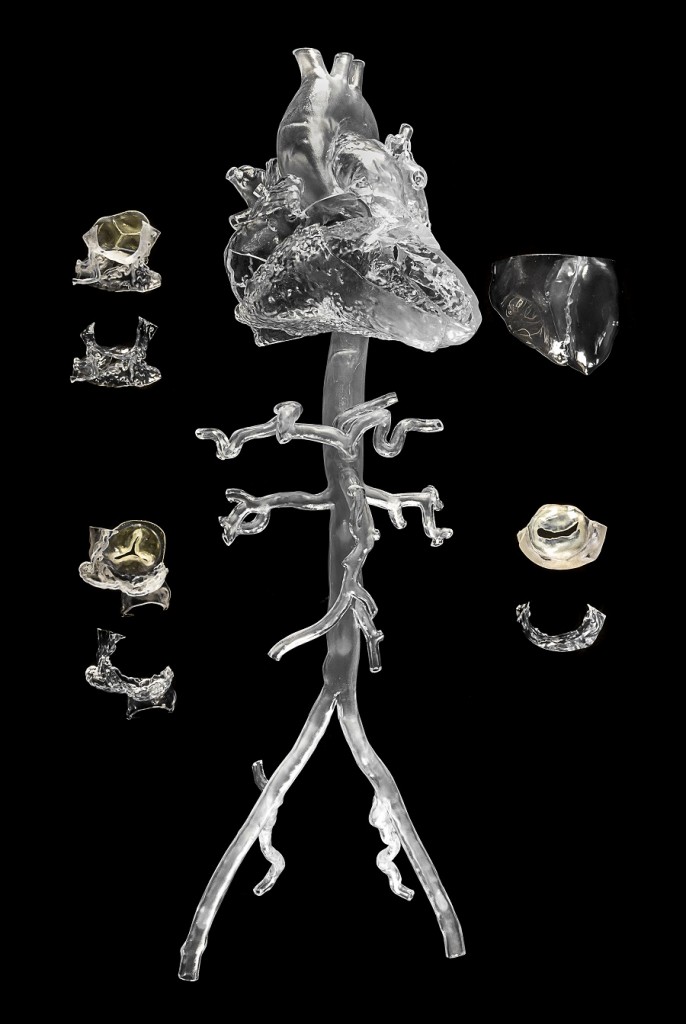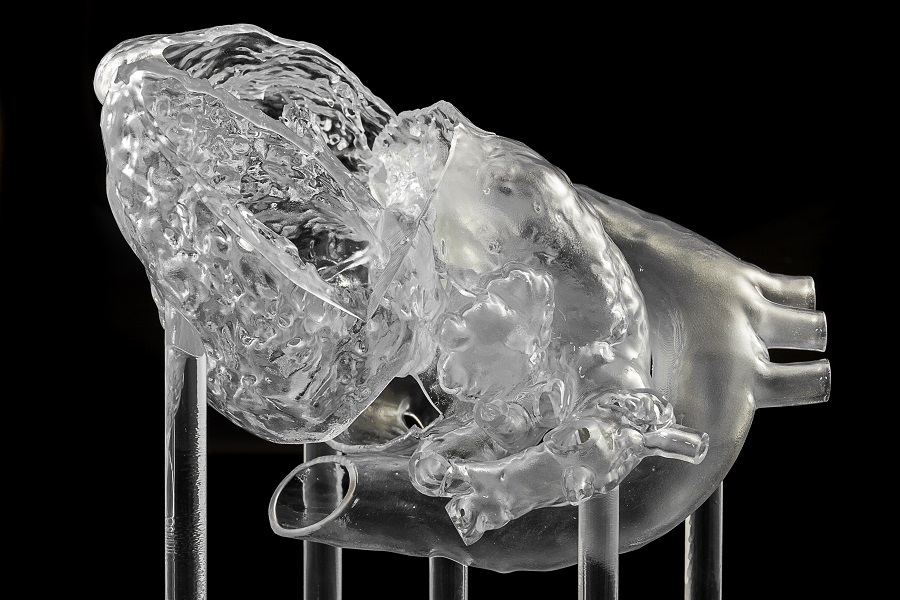Award for paper on world’s first catheter able to make S-shaped curves in all directions
A team of researchers from the Department of BioMechanical Engineering and the Bio-Inspired Technology Group (BITE) has developed the ‘4 DoF Steerable Sigma Catheter’, the world’s first catheter with a tip able to make S-shaped curves in all directions. This catheter is controlled by two joysticks and was developed for complex interventions in the heart. The publication ‘Catheter steering in interventional cardiology: Mechanical analysis and novel solution’ received an award this month from the Institution of Mechanical Engineers in the United States for best original paper of the year.
Lead author Awaz Ali received the Thomas Hawksley Gold Medal 2020, while co-authors Aimee Sakes, Paul Henselmans, Ewout Arkenbout, Remi van Starkenburg, Tamas Szili-Torok and professor Paul Breedveld received the bronze medal.
Winning this award is meaningful because it feels like an acknowledgement from the scientific community.
Awaz Ali
Summary
In recent years, steerable catheters have been developed to combat the effects of the dynamic cardiac environment. However, current solutions are bound to a number of limitations: (1) low torsion, (2) shaft shortening, (3) high unpredictable friction, and (4) coupled tip-shaft movements. These effects make it very hard to steer in tortuous blood vessel and inside the heart. In order to tackle these limitations we developed a novel multi-steerable catheter prototype with four degrees of freedom. The tip has two steering segments that can be steered in all directions, controlled by two joysticks on the handle: one for the thumb and one for the index finger. The prototype features automatic lock of the steering angle once the joystick is released. To solve the four limitations mentioned above we used eight miniature Bowden-cables inside of the flexible shaft for independent omnidirectional steering of each tip segment. As each segment can steer in all directions, twisting the shaft is not needy for directing the catheter tip, which solves the issue with low torsion (1). The issue with shaft shortening (2) is solved with the Bowden-cables which are axially incompressible. The Bowden cables generate very low predictable friction (3) and coupled tip-shaft movements (4) are absent as the Bowden-cables transfer the joystick motions directly to the tip without influencing the shaft.

Dr. Ir. A Sakes
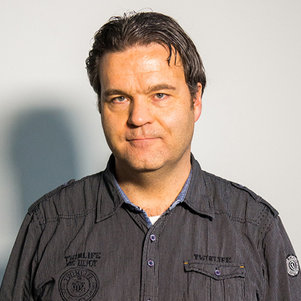
P. (Paul) Breedveld



